The Emperor Has No Objects
The last time I mentioned speculative realism on this blog I promised to do some more serious reading and thinking it about as a penance for undue glibness. And in fact I’m doing this; not only am I reading through The Speculative Turn with some similarly skeptical Duke folks, I’m planning on attending the local Speculative Aesthetics working group with some people who are a bit more into it.
More on that later, maybe. In the meantime I think this set of posts [1, 2, 3] from Chris Vitale is something like an emperor-has-no-clothes moment for OOO, both in terms of its proposed philosophical content as well as its general tone and style of argument. At the very least it suggests important philosophical questions for which OOOists need (and aren’t really providing) adequate answers, among them the self-defeatingly undefined definition of what actually constitutes an “object”:
1) what determines when/if an object changes into another (genesis, dissolution, transformation)? To say ‘it just happens’ doesn’t explain how. What is the process of change? Or do new objects emerge as if from a void, and the transition is ineffable, magical, etc? If not, why not? And where does this change come from? And if from inside objects, how then does ‘the new’ mediate what is between objects?
2) It seems that whenever two entities link, they are an object. But what determines the boundaries of objects, or their difference from things like process or flow? Why are objects, and jumps and distinctions between them superior to flow/process which congeal/uncongeal into objects?
3) How do we determine what to call can object? If I say ‘my blue coffee mug’ over there, is this a shorthand for ‘that which appears to me as a blue coffee mug, but may in reality be different, to the point of even not ‘really’ being even a unified thing’? This is not asking whether or not qualities may be different, but whether the unity of what appears as a single object may be something which differs depending on one’s relation to what is. Yes, there are infinite objects, nested in each other, one of which is the blue coffee mug, and this is split into phenomenal/real objects. But are the boundaries and distinctions between objects flexible? Is the blue coffee mug an object, but the blue coffee mug and one oxygen molecule next to it not (or a less important or real object somehow?) Is the blue coffee mug and micky mouse an object? The critique articulated by process-relation folks is that OOO imports human seeming categories into ontology, bypassing questions of episemtology, while OOO says it has shifted the terrain. How is this shift accomplished? Where do the essences which anchor qualities come from? Is the answer any better than those given by Kant/Husserl, and how might OOO get beyond the critique leveled against ding-an-sich/eidos for these figures?
and
Where I differ is that while I think we can say that something exists in the vicinity of the blue mug, we shouldn’t say ‘the blue mug exists,’ at least not without a ton of qualifiers. For as soon as we say the blue mug exists, and call it the blue mug, we have qualified this existence with blueness, mugness, even a location in space and time, no matter how extended or fuzzy. And as soon as we do this, we move beyond ontology (sheer being, no?), and into the realm of qualities like blueness, mugness, etc. Now, aren’t these epistemological issues? There’s no denying the wavelengths emited by photons that bounce off the mug are in what humans call the blue spectrum. But this does not make the mug ‘blue’ to anyone but a human – and a human using the English language, for that matter.
Now, if you said ‘that being, which this human describes as blue’, I’ve got no issue. But as soon as you say the EXISTENCE of the blue mug, well, the blue mug AS SUCH does not exist anywhere except for those who have categories like blueness and mugness. Surely there’s SOMETHING there. But to call it a blue mug, and to talk about the ontology of the blue mug, AS blue mug, well, unless you are talking about the ontology of the IDEA of the blue mug, rather than the blue mug as such, well, then you’re taking over epistemology in the name of ontology, or, as I’ve said before, importing human categories into the realm of ontology.
If you follow Vitale’s links you can find some opening answers to some of these issues, though none that really satisfy the objection, as well as some counter-critique about the tone and method of OOO critics themselves…


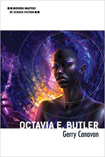
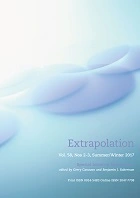
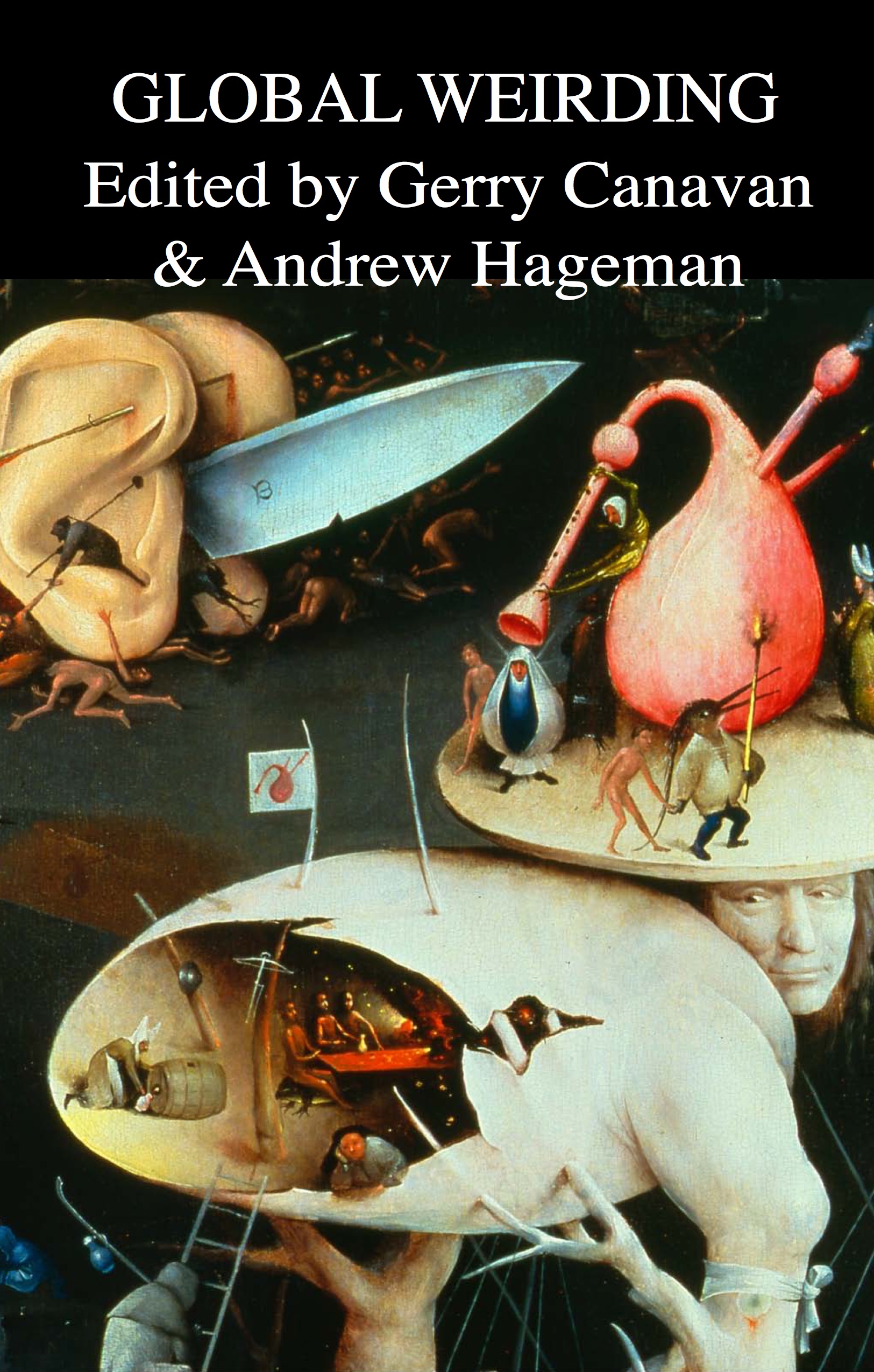
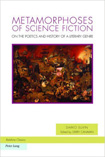
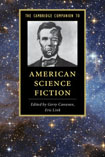
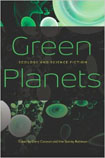


Leave a comment